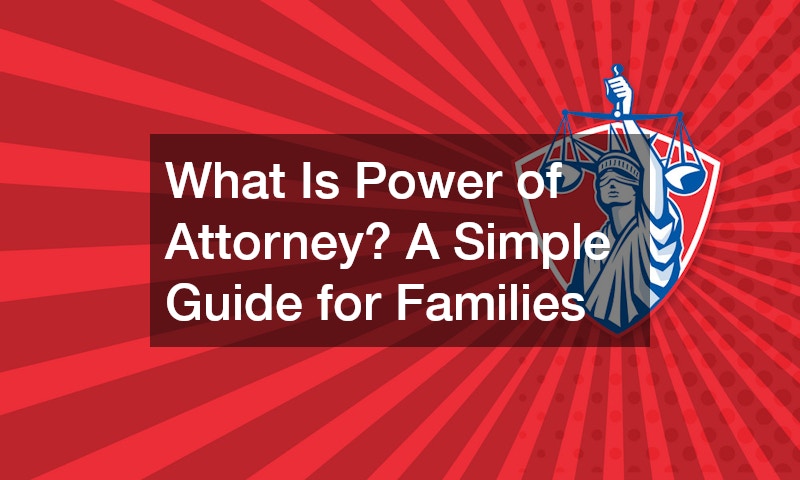Online stores or e-commerce has become a way of life for many people. In 2011, the industry rose to over $600 billion. This year, there’s an expected 1.92 billion global digital buyers. E-commerce will also account for 13.7% of retail sales. Still, half of the American businesses don’t have a presence online. They continue to sell and market their products and services through brick-and-mortar stores. They lose a big chunk of profit for failing to follow this e-commerce revolution.
Website Design
Look for a website design expert in Salt Lake City or other cities. Building your website requires organized design. Have you ever walked into a store with disorganized merchandise scattered around? How about a store that is clean, neat, and spacious? Which appeals to you? A business should care about its appearance. An online store should have properly categorized products, descriptions, and crisp images.
Good design signals that there is a great company behind the website. You want to show your customers that you care about their experience when shopping online. Your online store should leave a good, lasting impression of your business.
Loading Speed
The average web user will wait only about three seconds for your website to load. If it does not load within three seconds, the user will close the browser and find another site. Navigation is important in online stores. The number one component of good navigation is the site’s loading speed. Homepages should open within three to five seconds at the most.
Increasing the site’s speed will also increase its conversion rate by as much as 78%. Nothing creates a positive customer experience than a fast-loading web page. It also has a positive effect on its bottom line.
Product Selection
A large product selection does not mean a better website. Sometimes, a wide selection makes it harder for customers to find what they are looking for. This also prevents “decision paralysis,” where the customers are unable to decide which product to buy. You end up losing these kinds of customers. You can help users with their decision by categorizing the products according to brand, price, etc.
Product Page

The product page is the most telling component of your e-commerce web design. It should be filled with information about the product. There should be a multitude of images, product descriptions, product details, reviews, ratings, and videos. This is where your customers will most likely stay for a long time. The customer will make his decision based on what they find on the product page.
Shopping Cart
Do you know what irritates customers the most? It’s adding an item on the shopping cart and not having the option to “continue shopping.” So many websites make the mistake of offering to start the checkout process. If your customers want to continue adding items to the cart, they have to press the back button or go back to the homepage. Make it easy to continue adding items in your digital cart.
Finishing the Transaction
Your site has convinced customers to add items in their shopping carts. You’ve gone this far. What can go wrong? Your transaction process should be smooth and transparent. Applying taxes and shipping costs at the very end of the process is not going to help your company. Make sure that the shipping cost and other taxes are factored in on the summary of the orders page. Also, accept as many payment methods as possible so that you won’t isolate anyone.
If you think that your job is finished once the items have been checked out, you’re wrong. It’s even more imperative to find a way to connect to these people. Ask if you can send newsletters. Provide your contact information so that they can reach out when they have questions about the products they have bought. Find a way to reach out and reconnect with your customers.

